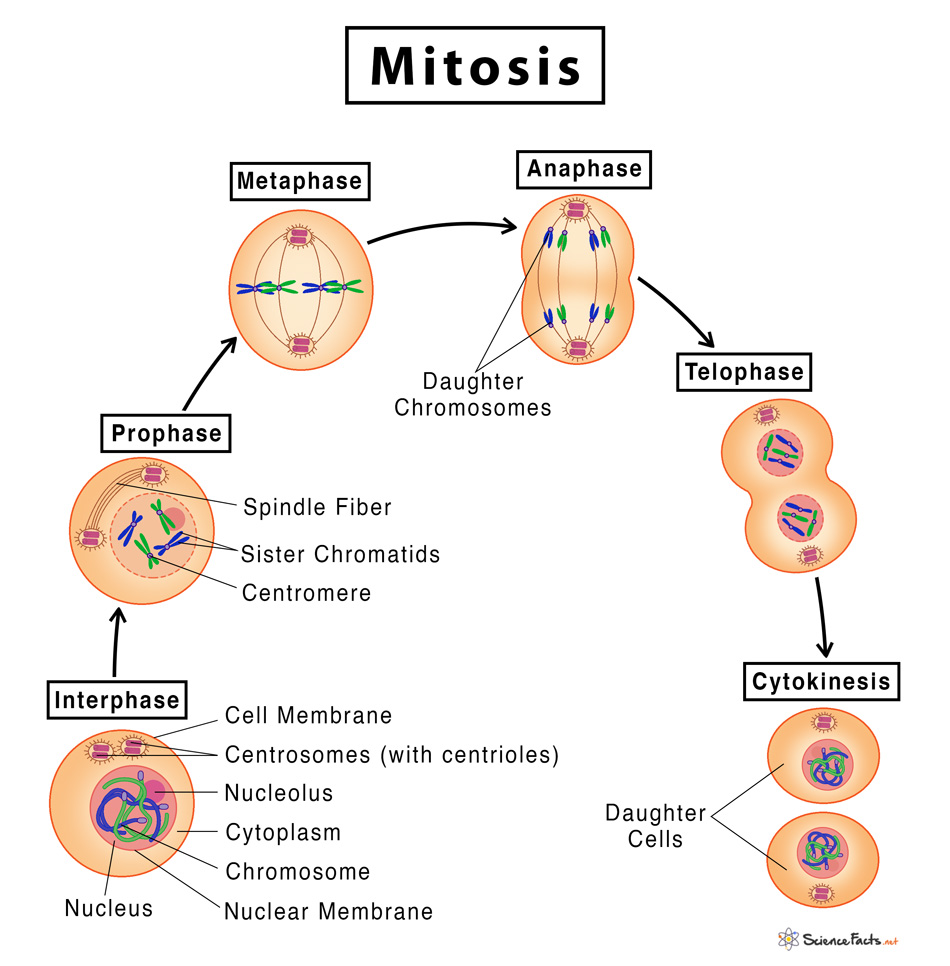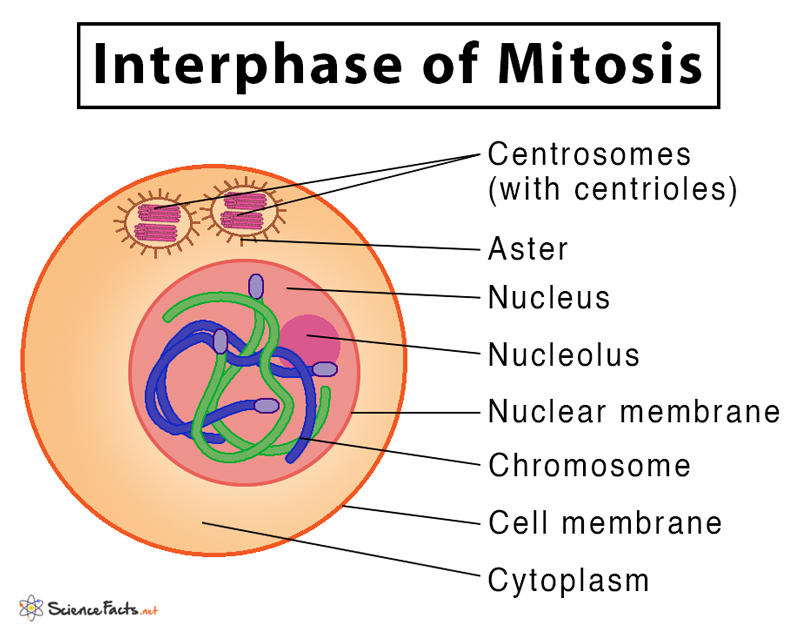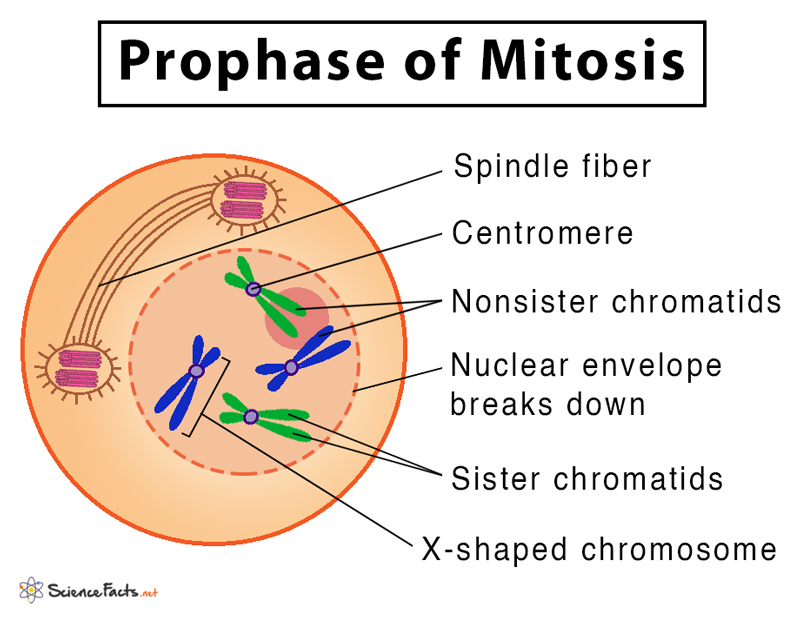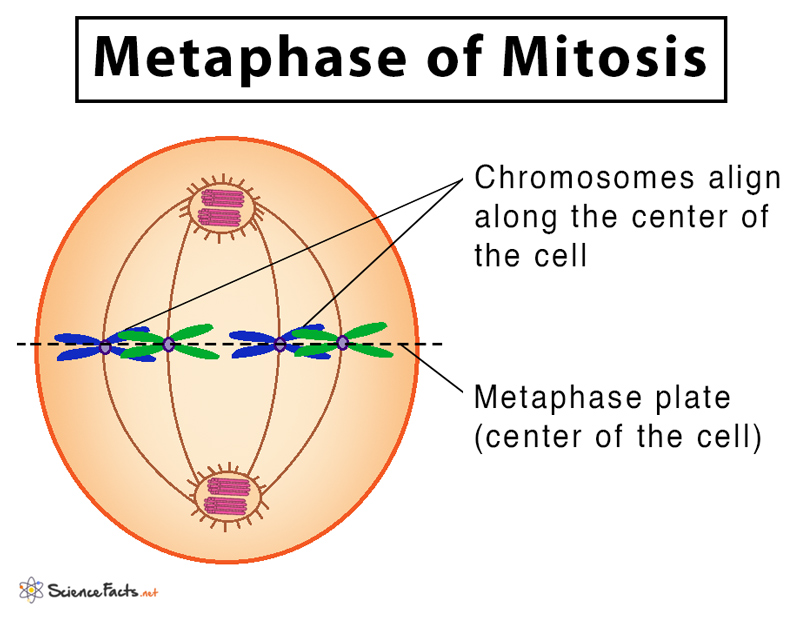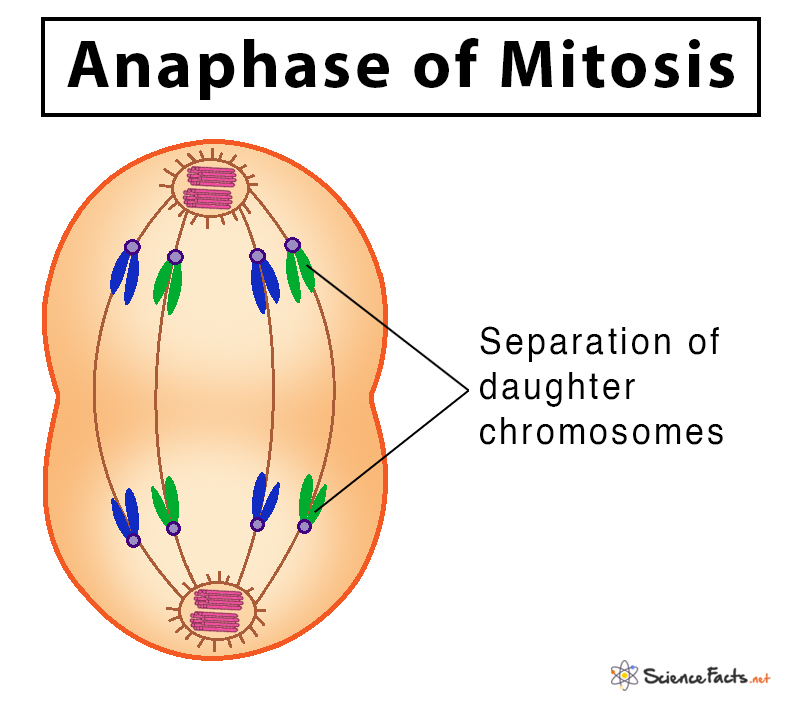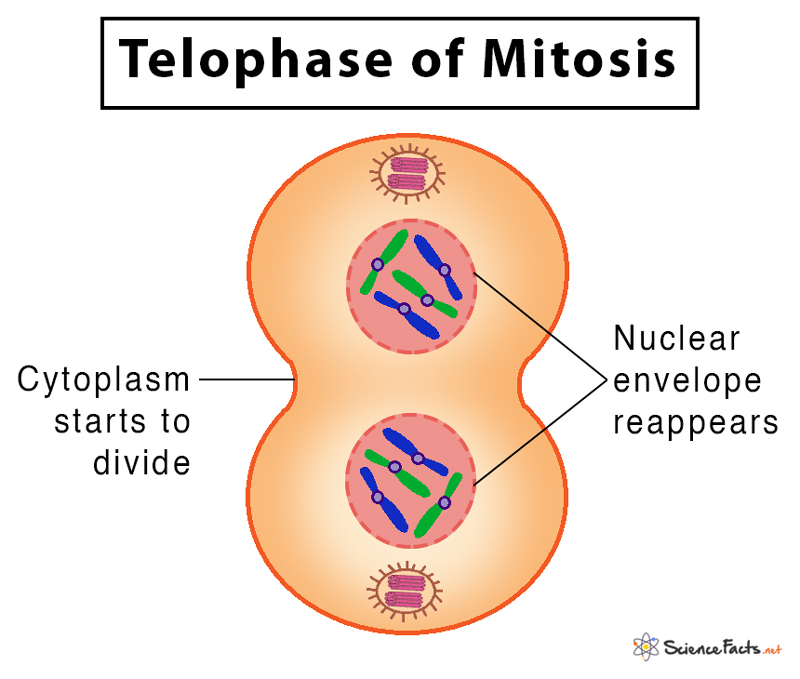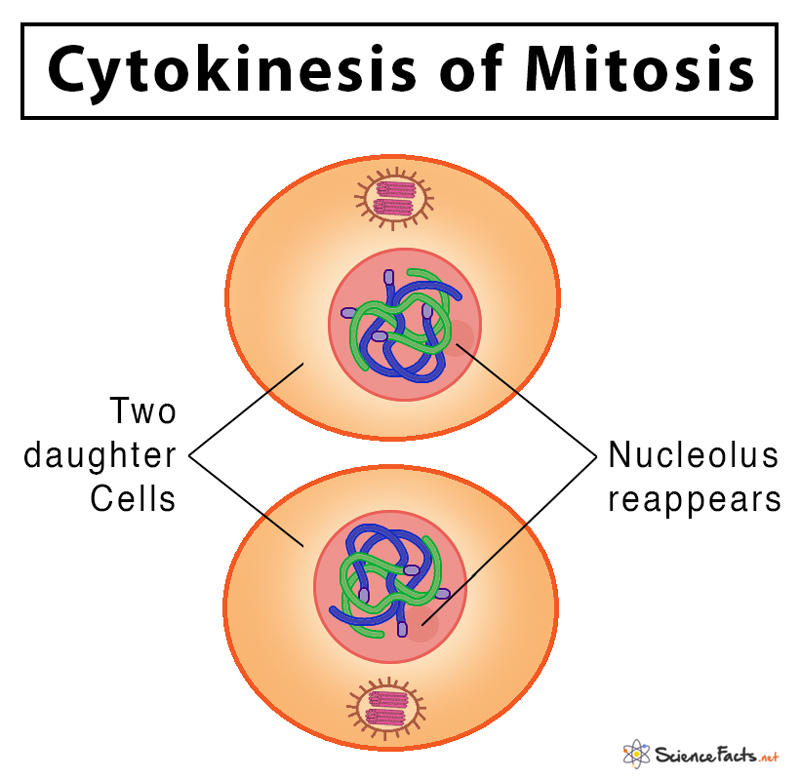Mitosis
What is Mitosis
Mitosis is a method of cell division where the mother cell divides to produce two genetically identical daughter cells.Itis similar in both plants and animals. In lower animals such as amoeba, mitosis is a means of asexual reproduction without the involvement of sex cells or gametes.
The term ‘mitosis’ was coined by Walther Flemming in 1882 and derived from the Greek word ‘mitos’ meaning ‘warp thread’.
Example: Healing of wounds, where damaged cells are replaced and repaired by forming new cells.
Where does Mitosis Occur
Mitosis happens in all cell types such as skin, bone, blood, and structural cells, among others, except the germ cells.
How Long does it Take to Complete
For most cells, mitosis takes around one and a half to two hours on an average to complete.
Stages of Mitosis
Interphase
It is the preparatory growth phase of mitosis when the DNA (the genetic material) gets copied. It is the most active phase of the cell cycle involving a series of metabolic changes. Interphase has three stages:
G1-phase: The first growth phase of the cell cycle, it is the resting stage during which some cell organelles increase in size, and the cells rapidly synthesize the different types of RNA and proteins. Centrioles begin to duplicate during the late G1 phase.
S-phase: The DNA synthesis phase during which the genetic material present in the nucleus gets copied to produce two identical sets of chromosomes. The centrioles complete their duplication during this phase.
G2-phase: Second gap or resting phase during which the synthesis of RNA and proteins from the G1 phase continues. During this period, cells store energy as ATP to be utilized during mitosis. At the end of this stage, cells enter the stage of mitotic division.
Mitotic Division (M Phase)
1. Prophase
It is the first and the longest of all phases of mitosis. Prophase shows the following distinct changes within the cell:
- The beginning is marked by the appearance of thin thread-like condensing X-shaped chromosomes.
- Each chromosome is made of two coiled filaments called sister chromatids.
- As the stage progresses, the sister chromatids become increasingly shorter and thicker that join together at a site called the centromere.
- The two pairs of centrioles, formed during interphase, move away from each other to the opposite poles of the cell.
- Spindle fibers formed of microtubules and proteins begin to appear and gradually extend across the cell between the centrioles as they move towards opposite poles.
- On reaching the end of this phase, the nuclear envelope starts to breaks apart thus releasing the chromosome
- The nucleolus gradually disintegrates. The chromosomes begin to migrate towards the center of the cell, marking the end of prophase.
2. Metaphase
- It is the second phase of mitosis and is marked with the complete disappearance of the nuclear envelope that had started during prophase.
- The chromosomes, which are at their shortest and thickest stage with two sister chromatids, get attached to the spindle fibers present at the opposite poles.
- They then align end to end along the middle of the cell.
- The spindle fibers then attach to each of the sister chromatids.
3. Anaphase
- It starts by splitting each paired chromosome into two sister chromatids, now known as daughter chromosomes.
- The daughter chromosomes are pulled towards the opposite end of the cell due to the contraction of the spindle fibers.
- At the end of this phase, each pole contains a complete set of chromosomes.
4. Telophase
- It is the last recognized phase of mitosis marked by the end of the daughter chromosome’s migration to the opposite poles.
- Nuclear envelope redevelops around each group of chromosomes to form daughter nuclei.
- Mitotic apparatus disappears with a reduction in the viscosity of cytoplasm, followed by the synthesis of RNA.
- The nucleolus reappears with the chromosomes becoming slender and extended.
Cytokinesis
This is the process where the cytoplasm gets divided to produce two independent daughter cells, each containing a complete set of chromosomes. Cytokinesis begins at the anaphase stage and continues through telophase and into the interphase. In the end, mitosis results in two genetically identical daughter cells, each having diploid (2n) number of chromosomes.
The Difference in Cytokinesis between Plant and Animal Cells: In animals, cytokinesis occurs through a constriction of the cell membrane in-plane of the metaphase plate, while in plants the division happens through the formation of the cell plate.
What is the Purpose of Mitosis
It is primarily important for its involvement in two cellular processes – cell division and reproduction. Some major roles played by mitosis are:
- Helping in growth and reproduction of new individual cells or organisms
- Repairing and regenerating body parts: dead and damaged cells such as skin, gut epithelial cells, and RBCs are replaced with the new ones.
- Maintaining the purity of the population having the same genetic makeup as the parent cell.
- Maintaining the same chromosome-count in cells generation after generation.
- Increasing the number of cells in higher organisms where each group of cells is specialized performs a distinct function in an organized way.
- Preserving a proper balance between DNA and RNA and thus maintaining the desired ratio between the cell’s nuclear and cytoplasmic content
FAQs
Ans. Prokaryotes are devoid of a nuclear membrane around their DNA, and thus cell division occurs by other means than mitosis.
Ans. If the process of mitosis happens too fast, or becomes uncontrolled in any other way, it can lead to cancer.
-
References
Article was last reviewed on Thursday, February 2, 2023

